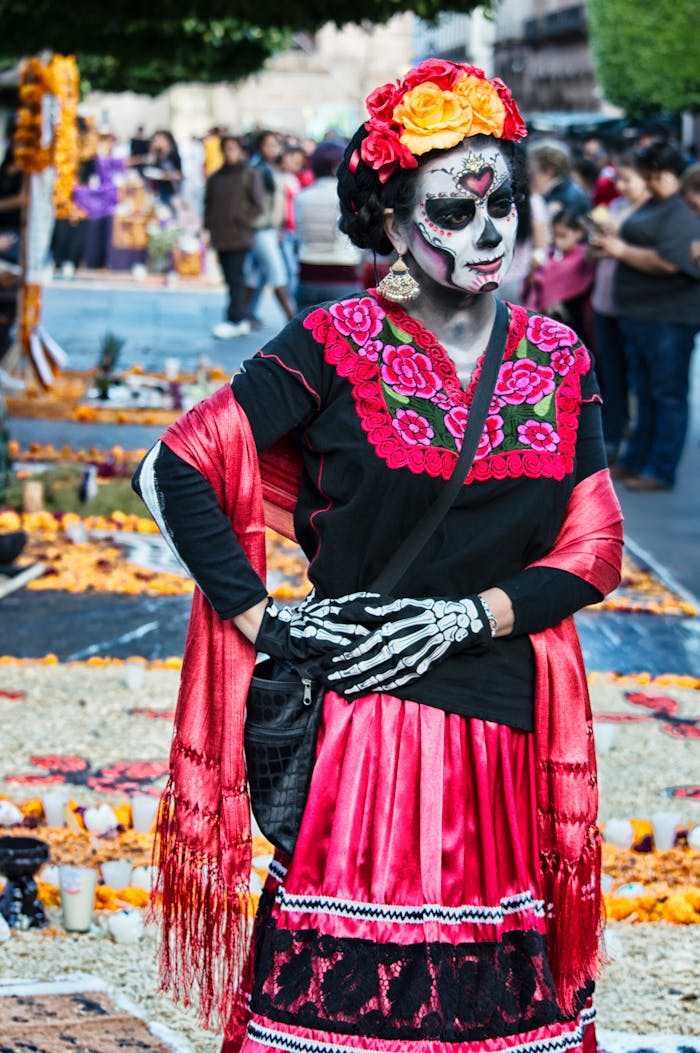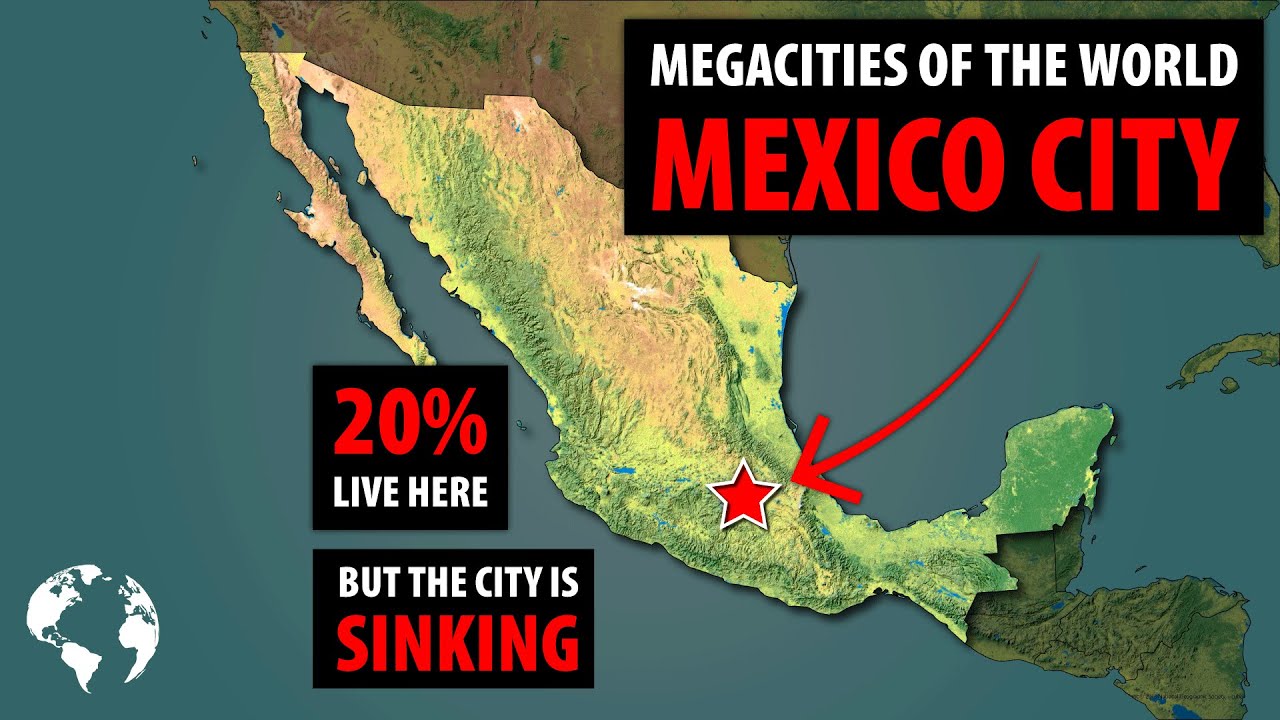Understanding the Political Structure of Mexico City
Mexico City, as the capital of Mexico, operates with a unique political structure that might seem complex to the casual observer. Traditionally, it did not have the same degree of autonomous governance that the 31 Mexican states enjoyed. However, a political reform in 2016 elevated its status, allowing it to function similarly to a state within the country. This transformation has granted Mexico City a greater degree of self-governance with its own constitution and government institutions, differentiating it from other regions in Mexico.
At the heart of Mexico City’s political structure is the Head of Government, a position equivalent to that of a governor in other Mexican states. This individual is elected by the residents of Mexico City for a six-year term without the possibility of re-election. The Head of Government maintains significant influence over the city’s administration and is responsible for implementing public policies, economic strategies, and social programmes tailored to meet the needs of this bustling metropolis.
The legislative power in Mexico City is vested in the Legislative Assembly, which, akin to the congresses in other states, issues laws and regulations specific to the city. Elected representatives in this body, known as deputies, serve terms that allow them to consider the immediate and long-term legislative requirements of Mexico City. Their decisions and legislative acts help shape the city’s social, cultural, and economic landscape, ensuring that local laws align with the city’s unique characteristics and challenges.
In addition to the central government structure, Mexico City is divided into multiple administrative divisions known as Alcaldías (formerly known as delegaciones). Each of these functions like a borough or district with its own administrative head, and they are responsible for providing municipal services such as infrastructure maintenance, urban planning, and local law enforcement. These alcaldías give Mexico City’s diverse neighborhoods a more localized governing presence, catering to the specific needs of each area.
The political organization within Mexico City also includes a judiciary branch, comprising local courts and tribunals that operate independently of the federal judiciary. This branch is critical for maintaining the rule of law and ensuring that justice is served within city limits. By having its judiciary system, Mexico City can address legal matters that pertain specifically to its urban context, separate from the broader national legal framework. The interplay between the local and federal government in Mexico City is crucial for the city’s governance, which is why understanding its political structure is essential for anyone looking to navigate this sprawling and dynamic capital.
The Current Governor of Mexico City
Mexico City, as one of the world’s largest and most vibrant urban centers, has faced unique challenges and opportunities under the leadership of its current governor. As of my knowledge cutoff in early 2023, Claudia Sheinbaum has been serving as the head of the government of Mexico City, officially known as the “Jefa de Gobierno de la Ciudad de México.” Sheinbaum, a member of the MORENA political party, made history in 2018 by becoming the first woman elected to govern Mexico’s capital.
Under Governor Sheinbaum’s leadership, Mexico City has embarked on several ambitious projects aimed at improving the quality of life for its citizens. She has prioritized sustainable development, investing in public transportation and infrastructure to reduce the city’s notorious traffic congestion and air pollution. These efforts have focused on expanding the Metrobus and Metro systems, as well as promoting the use of bicycles through the expansion of the city’s bike-sharing program, EcoBici.
Governor Sheinbaum’s tenure has also seen a commitment to social programs, with initiatives designed to tackle inequality and provide support to the city’s most vulnerable populations. Her administration has launched scholarships and financial aid programs for students and has worked toward the improvement of public healthcare services. These initiatives reflect her background in science and environmental engineering, bringing a data-driven approach to governance.
Security has been another focal point for Sheinbaum, who has sought to reduce crime rates in the metropolis. Her strategy encompasses the bolstering of the police force with better training and equipment, the implementation of cutting-edge surveillance technology, and the establishment of closer cooperation with the federal government on security matters.
Finally, Governor Sheinbaum’s approach to dealing with the COVID-19 pandemic has been noteworthy. Her administration faced the monumental task of managing the health crisis in one of the world’s densest cities. Measures taken included widespread testing, the early implementation of social distancing policies, and the establishment of temporary hospitals to handle the surge in patients during the peak of the pandemic. Although the administration faced criticism for its handling of the crisis, it has also been recognized for its resolute response in the face of unprecedented challenges.
Political Achievements of Mexico City’s Governor
While our travel blog usually focuses on the vibrant culture and breathtaking landscapes of Mexico, it’s sometimes important to understand the political backdrop that can shape a travel experience. In recent years, Mexico City’s governance has undergone significant changes, with the current governor implementing notable policies that continue to affect both residents and visitors alike.
Expansion of Public Transportation
One of the key political triumphs has been the expansion of the city’s public transportation system. This initiative has facilitated easier and more eco-friendly travel for tourists exploring the capital, ensuring that the city’s many historical landmarks and neighborhoods remain accessible to all.
Urban Environmental Policies
Environmental stewardship has been another hallmark of the governor’s office. Stringent regulations to combat pollution and the establishment of green spaces have not only improved air quality but have also beautified the urban landscape, making Mexico City a more attractive destination for adventure-seekers.
Boosting the Local Economy
Efforts to boost the local economy have led to the revitalization of the city’s markets and craft centers, directly benefiting small vendors and artisans. This economic push has also led to an increase in the variety of experiences available to travelers, from culinary tours to artisanal workshops.
Enhancements in Public Safety
Improvements in public safety measures have been a priority for the governor’s administration. Increased police presence and community engagement programs have helped to ensure that visitors can enjoy the city’s many offerings with peace of mind, enhancing Mexico City’s reputation as a safe and welcoming destination.
While these political actions may not be the usual focus of a travel and adventure blog, they provide a vital context for understanding how governance can impact the tourist experience. The sustained efforts to improve infrastructure, environment, economy, and safety under the current leadership continue to shape Mexico City into an ever-more inviting metropolis for adventurers worldwide.
How the Governor of Mexico City Impacts Tourism and Adventure
The role of the Governor of Mexico City in shaping the tourism and adventure landscape is often understated, yet it is a position of significant influence. The governor’s policies and initiatives can greatly impact the overall experience of visitors. For instance, with an emphasis on the maintenance and development of city infrastructure, the governor ensures that navigating the city is a smooth experience for tourists. Improvements in public transportation and the upkeep of historic sites attract more adventure-seekers and culture enthusiasts to the region.
Moreover, the safety and security measures implemented by the city’s government play a critical role in establishing Mexico City as a desirable destination. The governor’s focus on promoting a safe environment through increased policing and community programs encourages tourism, as travelers are more likely to explore and engage in adventure activities when they feel secure. This directly correlates to an influx of tourists looking to enjoy the vibrant street life, culinary tours, and urban adventures that Mexico City has to offer.
Lastly, the governor’s support for cultural events and festivals can significantly boost the appeal of Mexico City to international visitors. By sponsoring and promoting events such as the Day of the Dead parades and the international music and arts festivals, the governor helps to preserve local traditions while showcasing Mexico’s rich cultural tapestry to the world. These events not only celebrate the diversity of the region but also provide unique and immersive experiences for tourists seeking adventure and cultural enrichment.


